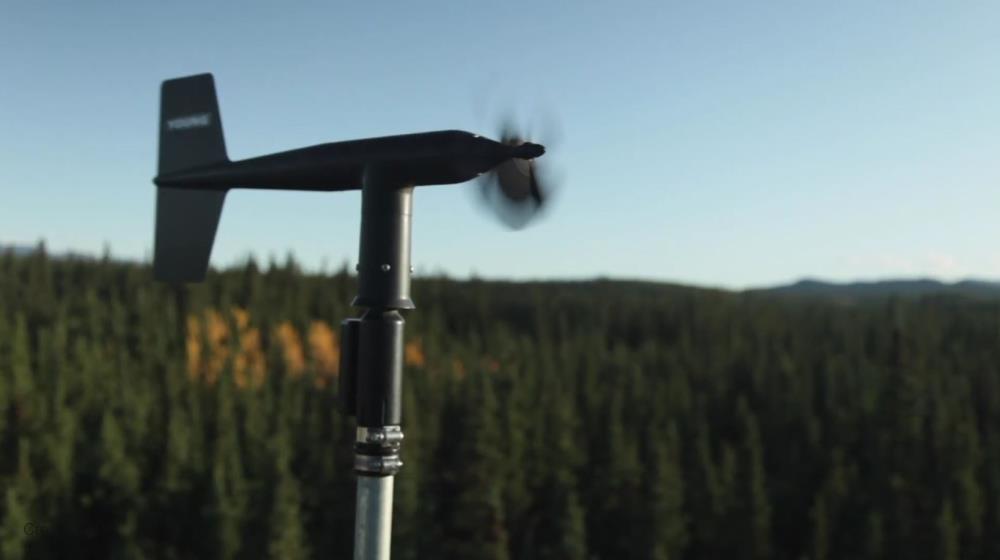
Related items loading ...
Section 1: Publication
Publication Type
Thesis
Authorship
Basak, Rinku
Title
Development of Multifunctional Electrical Impedance Spectroscopy System for Characterization in Plant Phenotyping
Year
2022
Publication Outlet
USASK Harvest - Theses and Dissertations
DOI
ISBN
ISSN
Citation
Basak, Rinku (2022) Development of Multifunctional Electrical Impedance Spectroscopy System for Characterization in Plant Phenotyping, USASK Harvest - Theses and Dissertations,
https://hdl.handle.net/10388/14099
Abstract
Plant phenotyping plays an important role for the thorough assessment of plant traits such as growth, development, resistance, physiology, etc. Assessing the nutrients and water contents by obtaining the spectroscopy data is essential for plant characterization, and photosynthesis. The conventional optical methods like visible/near-infrared spectroscopy, hyperspectral or multispectral imaging, and optical tomography have been developed and studied for the assessment of plant nutrition status and water stress. Although there are several advantages of these methods, they have some limitations as to their environmental sensitivity and confounding factors (i.e., light intensity, and color). These methods require large data storage capacity which makes the system expensive, and heavier in weight. In addition, most of these methods are not useful for in situ and rapid measurements. To overcome these limitations a multifrequency electrical measurement method such as electrical impedance spectroscopy (EIS) has been investigated which is found less sensitive to the environmental variables. The physical and chemical changes of the plants can be accurately described by EIS parameters like impedance, resistance, or capacitance. The measurement using EIS is found non-destructive, inexpensive, in situ, and rapid which could be an attractive alternative to the optical methods. An accurate impedance spectroscopy modeling for the characterization of the plants using a multifunctional spectroscopy system is still desired which can overcome the shortcomings of the existing methods. This research work deals with the development of a multifunctional EIS system to increase the robustness in applications for assessing the leaf nitrogen status, leaf water stress, root growth, and root biomass of the plants, and detecting the plant-like organisms such as algae species by measuring impedances in multiple frequencies. The overall research work is divided into three phases. In the first phase, we developed new EIS models for the determination of plant leaf nitrogen concentrations by measuring leaf impedances in the vegetative growth stage. The models were evaluated by the regression analysis in multiple frequencies. EIS sensor is found highly accurate in determining the plant leaf nitrogen status compared to soil plant analysis development (SPAD), and the method using EIS sensor is found cost-effective. In addition, we developed other new EIS models for determining the leaf water contents under different water stress conditions of the plants rapidly and efficiently. Regression analysis was performed, and the models were optimized and evaluated with the measured leaf impedances in multiple frequencies. The EIS sensor is found a low-cost and effective tool in determining the crop leaf water status compared to the other conventional approaches. In the second phase, we investigated whether the EIS sensor can be used to determine the algae species in water. The photosynthetic pigments like Chlorophyll-a concentrations were estimated by measuring impedances of the algae species and the corresponding EIS characteristics were obtained to detect the species. New EIS models were developed and validated with less error by performing regression analysis in multiple frequencies. The models were found accurate, and suitable for the estimation performance. A rapid performance of the sensor is found for measuring Chlorophyll-a as an alternative to the conventional approaches. In the third phase, we investigated whether the developed EIS system can be used for obtaining three-dimensional (3D) images of plant roots. An in situ and rapid electrical impedance tomography (EIT) data acquisition system was developed based on EIS for the further experiments in imaging and assessing the growth of the plant roots. Multifrequency impedance imaging technique was utilized, and the samples were reconstructed with finite element method (FEM) modeling which was carried out using electrical impedance and diffuse optical tomography reconstruction software (EIDORS) in MATLAB. At first, a low-cost, and high-precision EIT system was developed by designing a portable sensor with two layers of electrode array in a cylindrical domain. Different edible plant slices of carrot, radish, and potato along with multiple plant roots were taken in the EIT domain to assess and calibrate the system and their images were reconstructed by mapping conductivity in two-dimensional (2D) and three-dimensional (3D) planes. Later, a novel, dynamic, and adjustable EIT sensor system with three layers of electrode array was designed for developing a portable, cost-effective, and high-speed EIT data acquisition system. A non-invasive 3D imaging of multiple plant roots was made in both water and soil media. A non-destructive evaluation of biomass estimation of tap roots was carried out by measuring impedances using the designed EIT sensor system. A good correlation was found between the biomass and measured impedances of tap roots, and the estimated models for biomass were validated with less error. The developed EIT system is found suitable for in situ measurements and capable of monitoring the growth and estimating the biomass of plant roots. In overall, the estimated results from the measurements using the developed EIS/EIT system were found highly correlated with the ground truth measurements. Therefore, the developed multifunctional EIS system can be used as a low-cost, and effective tool for rapid and in-situ measurements for the characterization in plant phenotyping.
Plain Language Summary


 GWFNet
GWFNet Master
Master Data
Data Research
Research Map
Map
 Advanced
Advanced Tools
Tools
 . . .
. . .
 Metadata Editor
Metadata Editor
 Record List
Record List
 Alias List Editor
Alias List Editor
 Legacy sites
Legacy sites